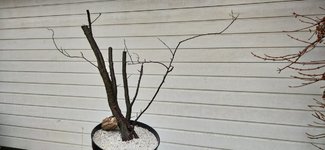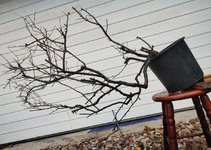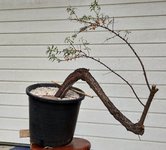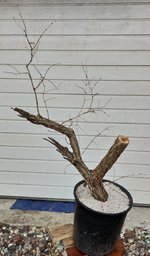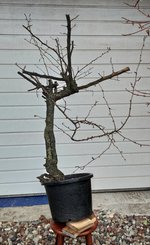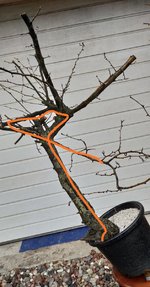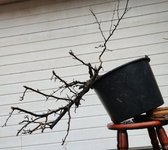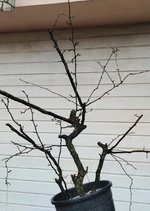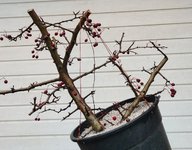I've been wondering this about a beech and Jupiter I air-layered April. Both have almost no roots (the juniper might have one or two threads and the beech is mostly calloused) and I've been wondering what to do with them.
I think it is all about balance - a large layer will need more roots than a smaller one. I can grow many trees as cuttings - ie a small tree with no leaves at all. A small tree with a few small roots already has a head start on a cutting so with care should survive. A larger layer with almost no roots is a different matter all together.
It may also be about species hardiness and ease of propagation. Chinese juniper is generally quite good at growing roots. Many of mine produce aerial roots from the trunk and branches close to the ground if there is enough humidity and moisture but other species are harder to root so would probably need more roots to survive after transplant.
I don't have any beech but seem to remember being told they are harder to root so i'd be more cautious with that one and leave it until there was plenty of roots. Others may be able to offer better first hand knowledge.
Given your description of 'almost no roots' Id leave the layers attached if at all possible until more roots grow.
I have removed many layers I thought would not have enough roots but they survived anyway. Seems like there is nothing like lack of roots to focus a tree's attention on growing enough quick enough to stay alive.
Time of year of separation may also have a big bearing on how layers survive. My winters are mild compared to many members here so roots can still grow though much of winter and spring ready to support leaves as the weather warms up next summer.
You have not given a location so it is harder to offer advice when we do not know if you are southern or northern hemisphere, tropical, mild or cold. Best to add a location to your profile so it shows up each time you post.


